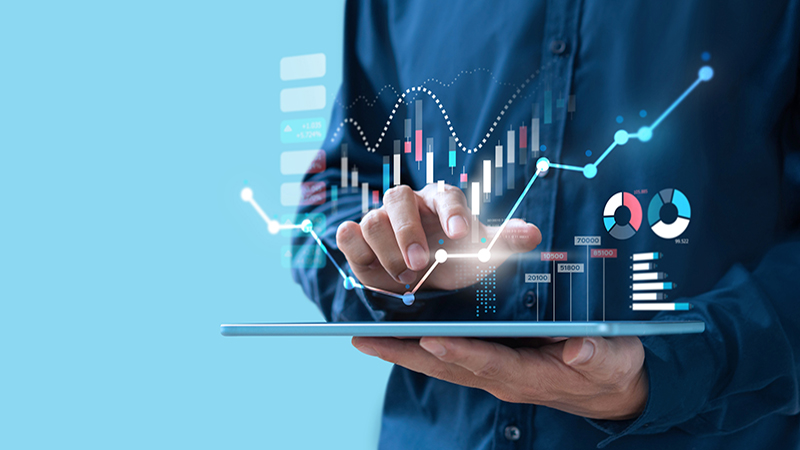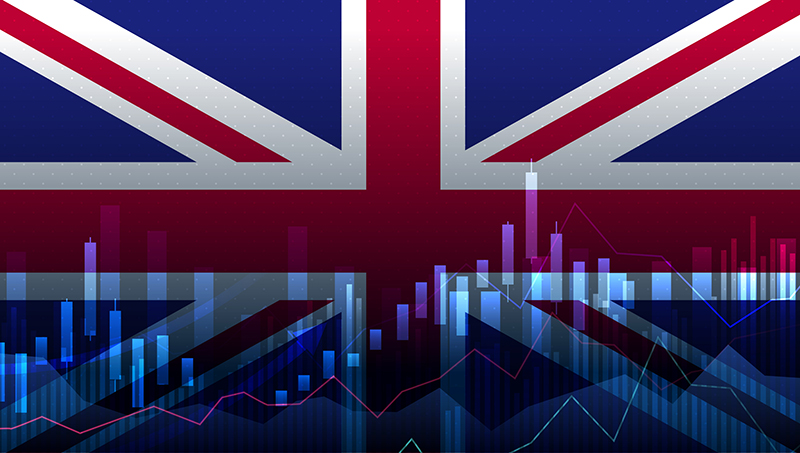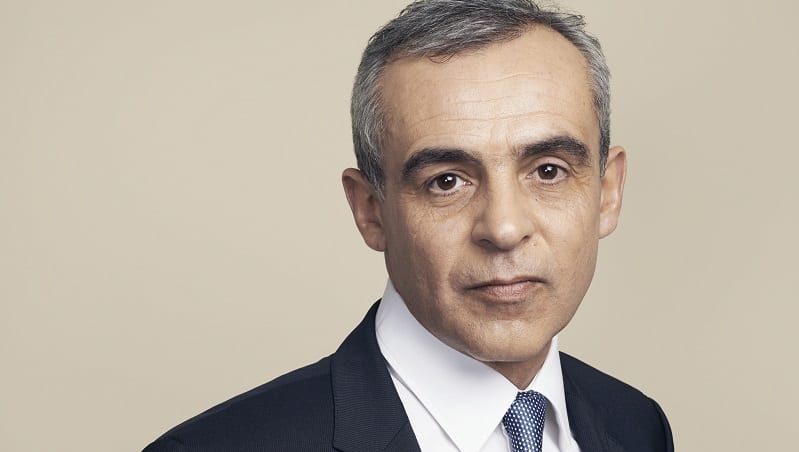As the world emerges tentatively from the pandemic, economic data has been unpredictable at best. The April US jobs report showed 266,000 new hires, against economists’ estimates of 1 million. Inflation data also continues to diverge significantly from expectations. This has prompted Treasury Secretary Janet Yellen to say: “As the economy gets back on line, it is going to be a bumpy process.”
There are plenty of reasons for this bumpiness. The first is that there is no rule book for the economic impact of a pandemic. No-one really knows what happens when an economy is forcibly shut down and then reopened. Is it more akin to a natural disaster? Or to the global financial crisis?
The Blackrock Investment Institute recently acknowledged the difficulties of interpreting data during this period: “Investors are grappling with how to interpret unusual growth dynamics and new central bank frameworks. On the first, US activity looks set to restart strongly this year, powered by pent-up demand across income cohorts and sky-high excess savings. Growth forecasts have been catching up, but the magnitude of the restart may still be underappreciated.
“This is in stark contrast to the repeat growth disappointments seen after the global financial crisis – and reflects the different nature of this shock. We see it as more akin to a natural disaster followed by a rapid ‘restart’ – rather than a traditional business cycle recession followed by a ‘recovery’.”
What world will emerge?
There is also the problem that no-one is quite sure of the world that will emerge. Governments across the world have been reminded of their vulnerability. This is prompting a significant rethink on the wisdom, or otherwise, of globalisation. For example, in February, the US president signed an executive order directing a whole-of-government approach to assessing vulnerabilities in, and strengthening the resilience of, critical supply chains.
This is not only in obvious areas such as vaccine manufacturing, but also looks to expand the domestic supply of semiconductor chips. It targets investment towards rare earth element mining and processing, designed to help provide the raw materials necessary to help combat the climate crisis. The White House said: “The Covid-19 pandemic and resulting economic crisis have shown (that) structural weaknesses in both domestic and international supply chains threaten America’s economic and national security.”
Globalisation had been a deflationary force, with companies able to roam the world looking for cheap manufacturing and labour. The reversal of this decades-long trend is having an unpredictable impact on the world economy.
There are other forces at work. No-one yet knows the extent to which agile working will take hold and what that means for productivity. Collaborative technology will become increasingly important, but again, the impact on corporates is not yet clear. Will they be able to offload expensive City buildings? Biden’s global tax accord is another area of uncertainty. All these areas may skew the data and may not be built into analysts’ forecasts and expectations.
A regime of higher inflation
There is also inflation. After many years of benign inflation, Amundi group chief investment officer Pascal Blanqué (pictured) believes that the dynamic is changing: “We’re likely to move into a regime characterised by higher rates and inflation, but most of all by higher volatility in rates and inflation. This will put an end to the ‘anchored’ system we’ve been living with. It could be the end of the great moderation.”
The group says that the reshoring of certain value chains in the wake of the Covid-19 crisis, the fragility of the service sector in the event of an epidemic, and the expected rise in inflation are all factors that are paving the way to bumpier cycles.
Blanqué adds: “Today, for the first time in more than three decades, narratives are explicitly expressing a preference for inflation as a way out of the current pandemic. Inflation has ceased to be a negative; it is a desire, as it can help make the debt burden originated by the crisis sustainable.”
Plenty of uncertainties
Another source of volatility is that the comparison figures are so unusual. The pandemic saw savage drops in economic activity, meaning that while some figures can look impressive, they need to be set against previous weakness. This in turn will depend on the make-up of individual economies, their dominant sectors, virus response and attitudes to lockdown.
Royal London Asset Management senior economist Melanie Baker says there are plenty of uncertainties: “Higher shipping costs, difficulties in hiring in the US, backlogs at manufacturers. Demand is rising, but supply is being held back temporarily or it isn’t in the right place. We had pork capacity reduced in the crisis because of Covid restrictions, US schools aren’t fully open, you’ve got temporarily more generous US unemployment benefits and that’s reduced the incentive to return to work. Generally, adjusting to life after Covid is going to result in some disruptions for a while, but not permanently.”
Does it mean investors should ignore the data for the time being? Certainly, it needs to be taken with more than the usual pinch of salt for the next few months. There is no roadmap for this recovery.











